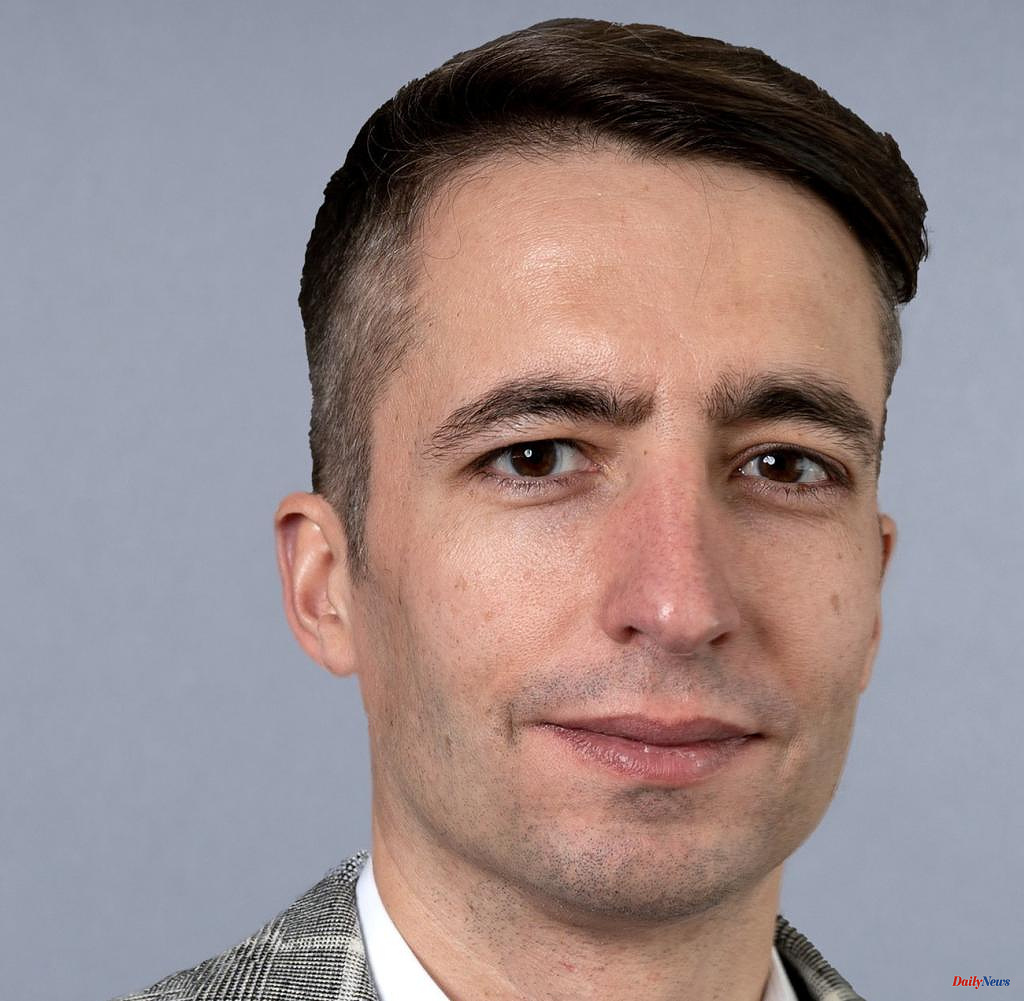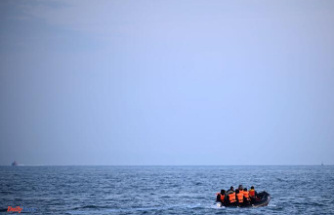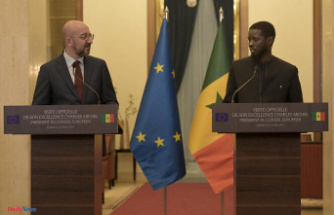Sometimes you have to explain something everyday as a problem in order to be successful. For example, brownish pigment spots on the skin, so-called hyper-pigmentation. “Nobody wakes up in the morning and thinks about the problem of hyper-pigmentation. But we created a consumer desire out of it by telling a story,” Beiersdorf boss Vincent Warnery recently reported to analysts. With the anti-pigmentation agent W630, which its researchers have found, the group is now turning over 250 million euros.
The patented molecule represents the course Warnery is taking to reinvigorate the Nivea brand a year after taking office. "We need to get back to what we used to be: the leader in modern skin care," he said as a goal for 2025. When the 53-year-old presents the half-year figures for the first time since the company's resurgence in the leading index Dax, he will also face the problems.
"We weren't that good in the past," he recently admitted. Beiersdorf got bogged down with too many small innovations that often only lasted a few months on the market. The Frenchman wants to regain lost market share and expand the profit margin. He brought in a number of new managers, including the new Nivea boss Grita Loebsack, who comes from L'Oréal. In the newly created post, she is supposed to make Nivea a real global brand again.
The internal diagnosis shows: Beiersdorf has given the national companies too much leeway. They were allowed to choose for themselves which new products to introduce on site. Because commercials from headquarters often arrived late, some country heads produced their own, often uninspiring clips. That's why the brand image is fragmented worldwide, and the Nivea brand is running below its potential in many places, according to the self-criticism.
Warnery now wants to oblige Nivea managers worldwide from January 2023 to introduce new products at the same time and to use uniform advertising materials. A model should be W630. Nivea sells the new molecule in a serum under the name “Luminous630” – for a price that is 50 percent above the brand average. At the same time, the group uses the active ingredient in its pharmacy brand Eucerin and the luxury cream La Prairie. The goal is fewer product launches, but larger ones - with global clout.
The ideas should look familiar to veteran Beiersdorf employees. The penultimate boss, Stefan Heidenreich, wanted Nivea to focus more on skin care again and introduced the current logo. When trying to become more cosmopolitan, Beiersdorf encounters a structural problem: Although Nivea is the oldest skin care brand in the world, the group behind it is compared to competitors like P
Beiersdorf is only independent because the Tchibo heir family, Herz, as the anchor shareholder, does not want to sell – although competitors have repeatedly expressed interest in the strong cosmetics brands. At the same time, the merchant family only demands a relatively modest dividend, which has been around 70 cents per share for many years. This ensures the financial independence of the group, which also includes the adhesive company Tesa. The cash register overflows with 2.2 billion euros.
Despite the crisis, the share has increased since the beginning of the year. This shows that investors trust CEO Warnery to turn the tide. Beiersdorf previously lost market share, but in the current year sales of 7.6 billion euros are expected to grow again in the high single-digit percentage range. Warnery has also put together a team to review acquisitions.
From the coming year, the operating margin is expected to increase again – by at least 0.5 percentage points per year from the last 13 percent. Analyst Thomas Maul from DZ-Bank is already expecting strong numbers for the past second quarter, driven by the Nivea brand. In the medium term he sees "growth above the market".
Implementing the strategy will not be easy. Especially in the US, Beiersdorf lacks size. This led to a zigzag course: the North American bosses booked the entire outrageously expensive neon sign in New York's Times Square for New Year's Eve in order to push the brand. Sometimes they threw large parts of the products out of the supermarkets to save money.
Growth is currently in fashion: In 2019, Beiersdorf bought the sunscreen brand Coppertone for 550 million euros from the chemical company Bayer. Although the traditional brand is still a restructuring case that is pushing the margin, Warnery is hoping for economies of scale: the acquisition will enable the group to operate a research center in New Jersey and find sales talent more easily. At the same time, he relocated the sunscreen factory from the USA to inexpensive Mexico.
Another permanent construction site is the China business. In 2007, Beiersdorf allowed the local hair care brand C-Bons to be sold here, which turned out to be incapable of restructuring. Nonetheless, Warnery has once again chosen the country, along with India and Brazil, as a growth driver. In 2020, the group opened a research center in Shanghai and allied itself with the online giant T-Mall. The Beiersdorf brands in China should finally grow to a relevant size.
Consumer goods expert Jörg Philipp Frey von Warburg shares the CEO's analysis of the problem: Beiersdorf's margins are well behind those of competitors such as L'Oréal and Procter due to its lack of size in the USA and China
It helps that the group under Warnery is more open to topics that are particularly important to young customers: sustainability and diversity. While the long-time CEO Heidenreich treated these trends rather neglected and rejected the switch to material-saving deodorant cans, Nivea is now reformulating the long-established soft cream. Mineral oil is being phased out, the cans are becoming recyclable – and sporting rainbow patterns for Pride season.
Because there is a problem with the offspring. "Skin care is in. The young generation is talking about it," said Nivea boss Loebsack in front of analysts. Just barely about the traditional brand registered on June 23, 1906. "Nivea is a sleeping beauty," says Loebsack angrily. For young women who spend a lot of time on social media, it is not an issue enough. Nivea must become more attractive to target groups such as her own 15-year-old daughter.
Molecule W630 should also help with this. Beiersdorf distributes videos of an “anti-pigmentation master class” on YouTube. They show spots from acne and pregnancy - as if these were the biggest skin problems of young people.
"Everything on shares" is the daily stock exchange shot from the WELT business editorial team. Every morning from 7 a.m. with the financial journalists from WELT. For stock market experts and beginners. Subscribe to the podcast on Spotify, Apple Podcast, Amazon Music and Deezer. Or directly via RSS feed.












